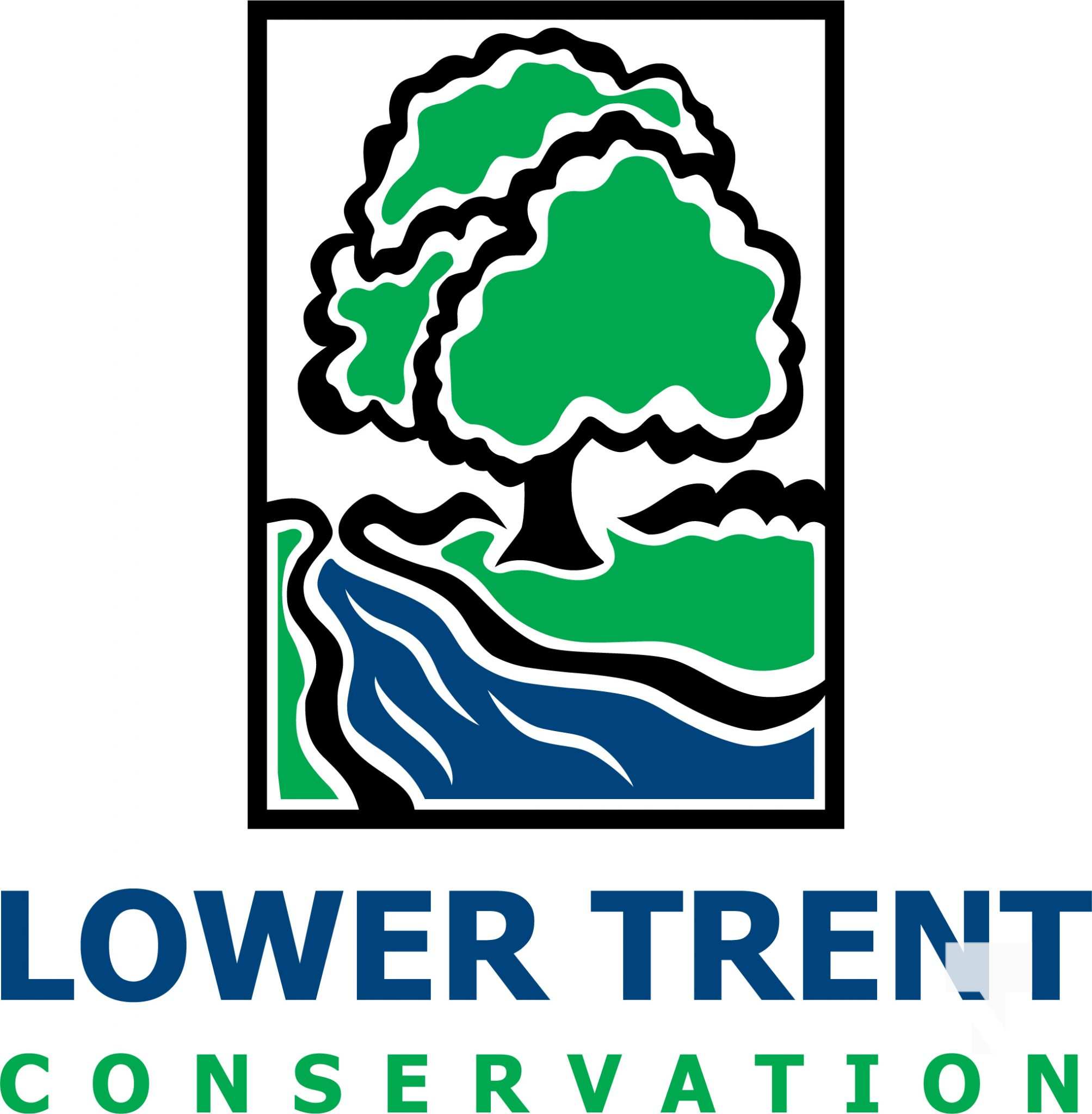In a bid to address the housing supply, the Ontario government released a series of new proposed legislative changes, many of which impact Ontario’s 36 conservation authorities.
Among them, the Province proposes to prevent municipalities from entering into agreements with conservation authorities to review planning applications on their behalf, proposes exemptions from natural hazard permits for select municipalities where Planning Act approvals are in place, remove ‘conservation of lands’ and ‘pollution’ as considerations in permit decisions, to put a freeze on development fees and to possibly tap into conservation lands to support housing.
To date, conservation authorities have supported the Province’s efforts to increase the housing supply by streamlining and speeding up review and approval processes for plan applications
and permits.
“At the same time, we need to make sure mechanisms are still in place to ensure that we balance growth with a healthy environment,” said Angela Coleman, General Manager of Conservation Ontario. Conservation Ontario represents Ontario’s 36 conservation authorities.
Ms. Coleman points out that conservation authorities are not a barrier to growth. Through Conservation Ontario’s Client Service and Streamlining Initiative, timely reviews are provided
and service level enhancements and improvements have continued throughout the Conservation Authorities Act review dialogue.
In terms of plan reviews, Ms. Coleman points out that municipalities need to continue to be able to enter into agreements with conservation authorities for advisory services and CAs need to
retain responsibility for Natural Hazard approvals.
“The plan review process by conservation authorities ensures the protection of the watershed-based approach and enables the connections to be made between flood control, wetlands and
other green infrastructure or natural cover, thus ensuring safe development”, Ms. Coleman says.
Conservation Ontario is calling for the re-establishment of the Multi-stakeholder Conservation Authority Working Group which is comprised of members from conservation authorities,
Conservation Ontario 120 Bayview Parkway, Newmarket, ON L3Y 3W3 P: 905-895-0716 F: 905-895-0751 E: info@conservationontario.ca
www.conservationontario.ca municipalities, development sector and agriculture. The CA Working Group helped guide the Province in its implementation of the last round of changes to the CA Act.
In terms of another provincial proposal to freeze conservation authority development fees, Ms. Coleman states that ‘development needs to pay for development’. Freezing these fees just
creates a backlog of costs that will eventually need to be addressed.
“Conservation authority fees are based on cost recovery and there is no other mechanism being suggested that would ensure those costs are met,” Ms. Coleman said. “Who will pay for the
eventual shortfall?”
Regarding the provincial proposal that conservation lands be used to support housing development, Ms. Coleman points out that careful consideration is required when identifying CA
lands in this way. Conservation authorities own approximately 147,000 hectares of land which are made up of important natural systems and biodiversity such as wetlands, forests, moraines,
and ecologically sensitive lands. These lands typically have clear functions and purpose.
Conservation authority lands are often located in floodplains and help to protect against flooding and erosion. They offer trails and other outdoor amenities that contribute to public well-being
and they protect important sources of drinking water and biodiversity. They also contribute to climate change adaptation measures by capturing emissions, cooling temperatures and
protecting water quality.
“Regardless of the source of funding for the lands, clear policies are needed to protect these locally significant conservation lands and land use should only be considered for housing in
exceptional circumstances,” Ms. Coleman points out.
Conservation authorities provide cost-effective solutions that help to solve challenging local issues. Their watershed-based approach is recognized globally as the best management unit for
ensuring we take into consideration a wide range of competing interests and impacts on natural resources. When downloading these kinds of responsibilities to municipalities, we need to
consider how development in one jurisdiction can impact other adjacent or ‘downstream’ municipalities.
One last consideration Ms. Coleman points out, is that it’s important to maintain local stability particularly now. The recent municipal elections in Ontario have created a plethora of new
municipal council and conservation authority Board appointments and transitions. “The conservation authorities’ collaboration in plan review with municipalities provides a long-term,
consistent approach which enables more effective planning and implementation





















